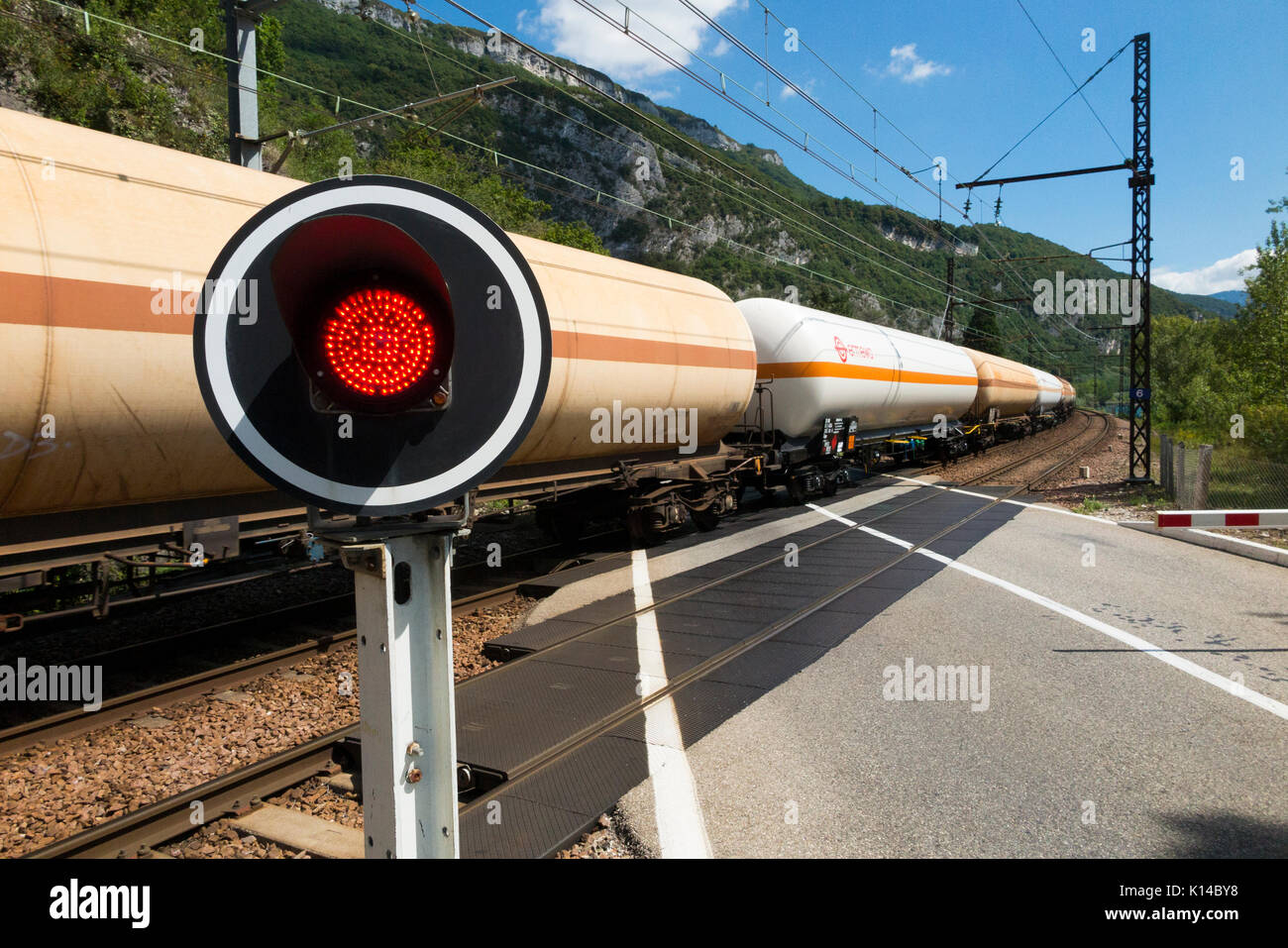

The old signals break down more easily, since some signals have outlasted their 50-year service life by up to 30 years, and signal problems accounted for 13% of all subway delays in 2016. The upper signal head indicates the speed while the lower signal head is used for routes, with the main route shown in green and the diverging route shown in yellow. Where different directions are possible, the subway uses both speed and route signaling. proceed with caution, be prepared to stop at next signal (one yellow light) : 110–111 : 68.clear, next signal at clear or caution (one green light) : 110–111 : 68.stop (one red light) with special rules for call-on and timer signals : 110–111 : 68.: 110–111 : Chapter 2Ĭommon automatic and approach signals consist of one signal head showing one of the following signal aspects: The New York City Subway generally distinguishes its current signals between automatic signals, which are solely controlled by train movements approach signals, which can be forced to display a stop aspect by the interlocking tower home signals, whose route is set by the interlocking tower and additional signals (such as call-on, dwarf, marker, sign, repeater and time signals). If a train passes a red signal, the train stop automatically engages and activates the brakes. However, the signals do not register the trains' speed, nor do they register where in the block the train is located. The train's maximum speed will depend on how many blocks are open in front of it. When a train enters the block, the metal wheels close the circuit on the rails, and the signal turns red, marking the block as occupied. If the track circuit is open and electricity cannot travel between the rails, the signal will light up as green, as it is unoccupied by a train. The two traveling rails form a track circuit, as they conduct electric current. Insulators divide the track segments into blocks. Typically, the blocks are 1,000 feet (300 m) long, although some highly used lines, such as the IRT Lexington Avenue Line, use shorter blocks. These signals work by preventing trains from entering a "block" occupied by another train. Eventually, these master towers were replaced by a single rail control center: the New York City Transit Power Control Center in Midtown Manhattan. Trains used to be controlled by signal towers at interlockings, but this was eventually phased out in favor of master towers. As of May 2014, the system consists of about 14,850 signal blocks, 3,538 mainline switches, 183 major track junctions, 10,104 automatic train stops, and 339,191 signal relays. The New York City Subway system has, for the most part, used block signaling since its 1904 opening. 3.4 Ultra-wideband signaling and other proposals.The implementation of CBTC requires new rolling stock to be built for the subway routes using the technology, as only newer trains use CBTC. The CBTC system is mostly automated and uses a moving block system-which reduces headways between trains, increases train frequencies and capacities, and relays the trains' positions to a control room-rather than a fixed block system.
Light signals in subway princess runner upgrade#
: ivĪs part of the modernization of the New York City Subway, the MTA plans to upgrade and automate much of the system with communications-based train control (CBTC) technology, which will automatically start and stop trains. An older system was previously used on all of the A Division, but with the conversion of the IRT Dyre Avenue Line signals to the B Division scheme in September 2017, this system is no longer in use. The current scheme is used on all A Division and B Division lines, originally built to the Brooklyn–Manhattan Transit Corporation (BMT) and Independent Subway System (IND)'s specifications. There have been two different schemes of signaling in the system. Additionally, some subway lines have reached their train capacity limits and cannot operate extra trains in the current system. Because of the age of the subway system, many replacement parts are unavailable from signaling suppliers and must be custom built for the New York City Transit Authority, which operates the subway. Many portions of the signaling system were installed between the 1930s and 1960s. As of 2022, the system currently uses Automatic Block Signaling, with fixed wayside signals and automatic train stops. Most trains on the New York City Subway are manually operated.

A signal in the Flushing–Main Street station


 0 kommentar(er)
0 kommentar(er)
